- Cook stuffing separately as turkey stuffing balls for crispy exterior, moist interior, and improved food safety compared to stuffing the bird.
- Prep ahead: dry bread cubes, sauté aromatics, and chop herbs up to 24 hours in advance for stress-free holiday baking.
- Key technique tips: use dried bread, avoid over-mixing, perform the squeeze test, and don’t crowd the baking tray for crispness.
- Versatile variations: swap sausage for mushrooms, cornbread and chorizo, or apple and dried cherries for vegetarian or regional twists.
For years, I struggled with that age-old Thanksgiving dilemma: how to get that perfect balance of crispy edges and moist, tender interior in my stuffing. The answer, I discovered, is simple: stop stuffing the bird! These perfect little turkey stuffing balls are a revelation. They are cooked separately, guaranteeing maximum crispiness on every surface and ensuring food safety. Every bite is a harmonious blend of savory herbs, bread, and richness. This recipe fits perfectly as the centerpiece side dish for any holiday gathering, turning a traditional side into a star attraction. The best part? These turkey stuffing balls are incredibly easy to prep ahead of time.
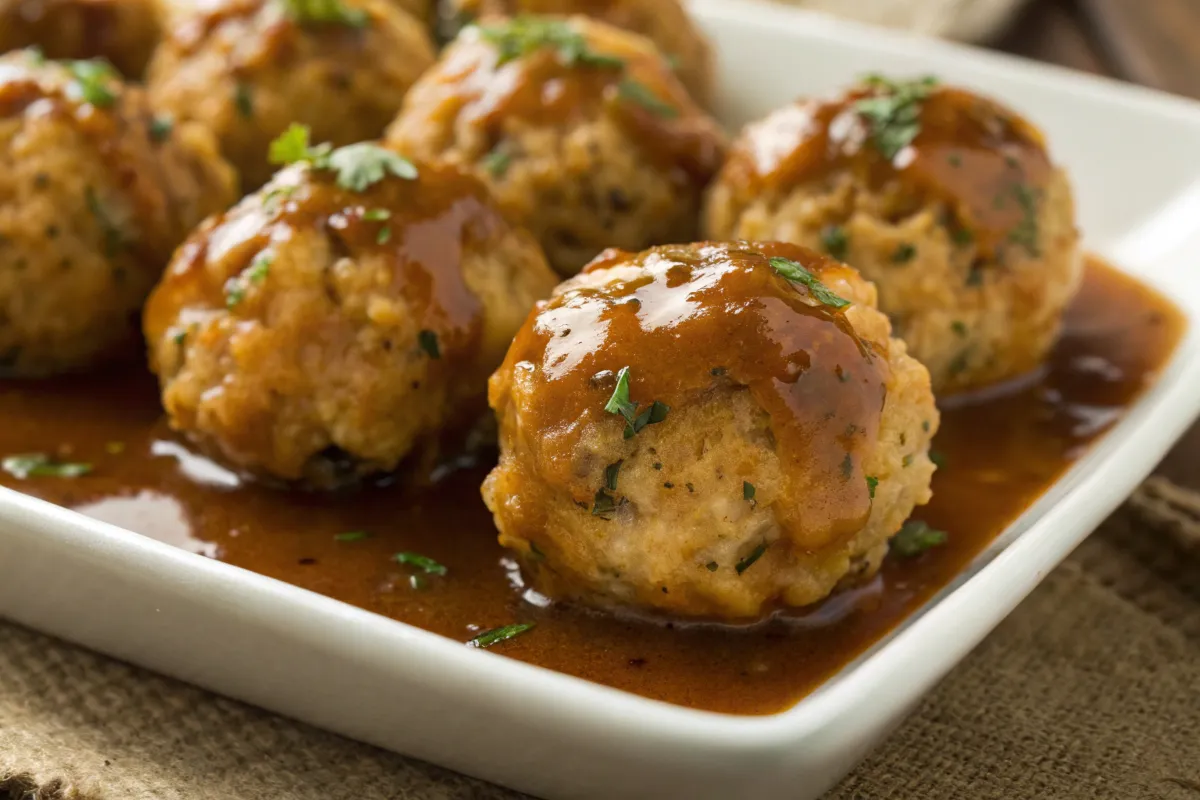
Table of contents
Turkey Stuffing Balls Recipe Card
Stuffing Prep
The key to a stress-free holiday meal is organization. These turkey stuffing balls are a dream for make-ahead prep, allowing you to focus on the turkey and gravy on the big day. You can get almost everything done 24 hours in advance!
- Bread Cubes: Cube the bread two to three days in advance and leave them out to dry naturally. If you are running short on time, toast them in a low oven (150∘C) for about 10-15 minutes until fully dry.
- Aromatic Base: Sauté the sausage, onions, and celery together. Once cooled, store this savory mixture in an airtight container in the refrigerator. This allows the flavors to truly marry.
- Chop the Herbs: Measure and chop all the fresh herbs (sage, thyme, parsley). Store them wrapped in a slightly damp paper towel in the fridge. This keeps them vibrant and ready to mix.
The Magic of Portion Control: Why This Stuffing is Superior
My recipe for turkey stuffing balls surpasses traditional stuffing for several key reasons. Firstly, cooking them as individual portions provides maximum surface area. This means you get that desirable crispy, browned exterior on every single ball, while the center stays beautifully moist. Unlike stuffing cooked inside the bird, this method eliminates the risk of uneven cooking, guaranteeing safe consumption (which is a major bonus, so consult FDA guidelines on safe cooking temperatures). Our recipe achieves superior flavor by using a combination of dried bread cubes and a pan-sautéed vegetable base. We brown the sausage and soften the celery and onion in butter before mixing them. This blooming of the aromatics intensifies the savory depth. This recipe is also easily adaptable. For a vegetarian option, simply omit the sausage and increase the butter and mushroom content for richness. For a gluten-free version, swap in high-quality gluten-free bread cubes, ensuring you may need slightly less stock as they can absorb liquid differently.
Pro Advice for Your Side Dish
Making truly great turkey stuffing balls is about balancing moisture, flavor, and texture. These are the actionable tips I use in my kitchen to ensure every batch is perfect, crispy, herby, and wonderfully moist inside.
- The Dry Bread Foundation: Always use dried, stale bread. Fresh bread will turn into mush when mixed with the liquid. The dry cubes are essential for soaking up the stock and butter without dissolving.
- Don’t Over-Mix: Mix the stuffing ingredients gently by hand, not with a spoon or mixer. Overworking the mixture will crush the bread and lead to a dense, heavy stuffing ball rather than a light, fluffy one.
- The Squeeze Test: Test the moisture level before rolling. The mixture should hold together firmly when squeezed but not be saturated or dripping. If it’s too dry, add a splash more stock; if too wet, add a handful of dry breadcrumbs.
- Bake Separately for Crispness: Do not crowd the baking tray. Give each turkey stuffing ball space to breathe. This allows the hot air to circulate completely around them, guaranteeing maximum crispiness.
- Broth Quality Matters: Use high-quality turkey or chicken stock. Since the stock is the primary source of moisture, using a richly flavored stock rather than water or a thin broth will significantly enhance the final taste of the stuffing.
Flavor Adventures: Must-Try Stuffing Swaps
Mushroom and Chestnut Stuffing Balls
For a deeper, earthier, and slightly more elegant stuffing ball, replace the pork sausage with 200.0 grams of finely chopped, mixed mushrooms (cremini and shiitake). Sauté the mushrooms until all their liquid is released and evaporated, concentrating their flavor. Then, add 100.0 grams of jarred, vacuum-packed chestnuts, roughly chopped. The chestnuts provide a wonderfully starchy, nutty texture that holds its shape beautifully and adds a richness that satisfies even without the meat. This variant is a spectacular vegetarian option and is especially good drizzled with a rich mushroom gravy.
Cornbread and Chorizo Stuffing Balls
Take your stuffing to the Southwest with a completely different bread and meat base. Swap the white bread for an equal weight of stale, cubed cornbread. The cornbread introduces a slightly sweeter, crumblier texture. Replace the pork sausage with 200.0 grams of cooked, crumbled chorizo sausage. The bold paprika and spice of the chorizo will permeate the cornbread, giving the turkey stuffing balls a delicious kick and a gorgeous orange hue. Because cornbread tends to absorb more liquid, you may need to increase your stock by about 30−45 ml to achieve the correct moisture level.
Apple and Dried Cherry Stuffing Balls (Meatless)
If you prefer a sweeter, fruitier stuffing, this meatless variant is perfect. Keep the white bread base, but omit the sausage entirely. Sauté 120.0 grams of finely diced Granny Smith apple along with the onion and celery. Add 60.0 grams of dried cherries (or cranberries) and 15.0 grams of toasted pecans to the bread mixture. Increase the amount of sage and thyme slightly, but also add 0.5 gram of ground ginger for warmth. The cooked apples and dried fruit give the balls a moist, sweet-and-savory holiday flavor that pairs particularly well with ham or poultry.
You could also try a different recipe for meat balls such as the beef sausage balls recipe!
Stuffing FAQs
If they are too dry, it means the bread cubes weren’t saturated enough. You likely needed more stock or larger eggs. Remember, dry bread is porous and needs time and enough liquid to swell properly. Do the squeeze test, if it falls apart, add a tablespoon of stock at a time until it holds its shape.
Because this recipe contains both raw eggs and raw sausage, the USDA recommends that stuffing, whether cooked inside or outside the bird, must reach a minimum internal temperature of 74∘C (165∘F). Use an instant-read thermometer inserted into the center of a ball to be sure.
Yes, and they turn out fantastic! Preheat your air fryer to 175∘C (350∘F). Spray the balls lightly with oil and air fry in a single layer for 12-15 minutes, flipping halfway, until golden brown. This is a great way to guarantee maximum crispness.
Your Holiday Success Awaits
You now have the definitive recipe for the most crowd-pleasing side dish of the season: perfect turkey stuffing balls. This recipe is a guaranteed winner, offering the ideal balance of convenience, flavor, and that much-coveted crispy texture. By prepping the elements ahead of time, you’ve already conquered the busiest part of the holiday kitchen hustle. These little portions make serving easy and ensure every guest gets the best part, the crunchy edges! Go forth and bake your stuffing with confidence. And remember, no great stuffing is complete without a side of rich, homemade Cranberry Relish Recipe with Orange and Apple, my recipe is next on your list!

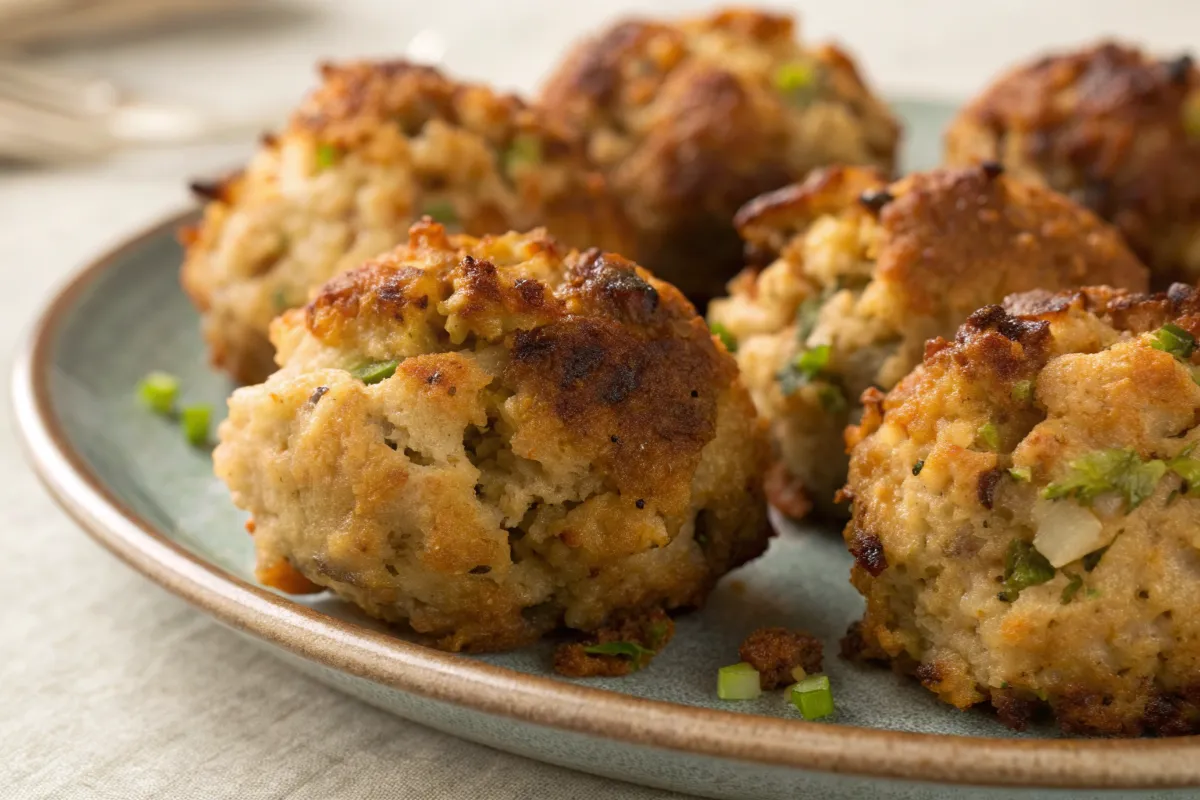
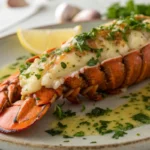
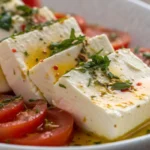

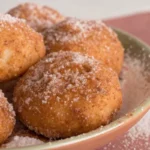

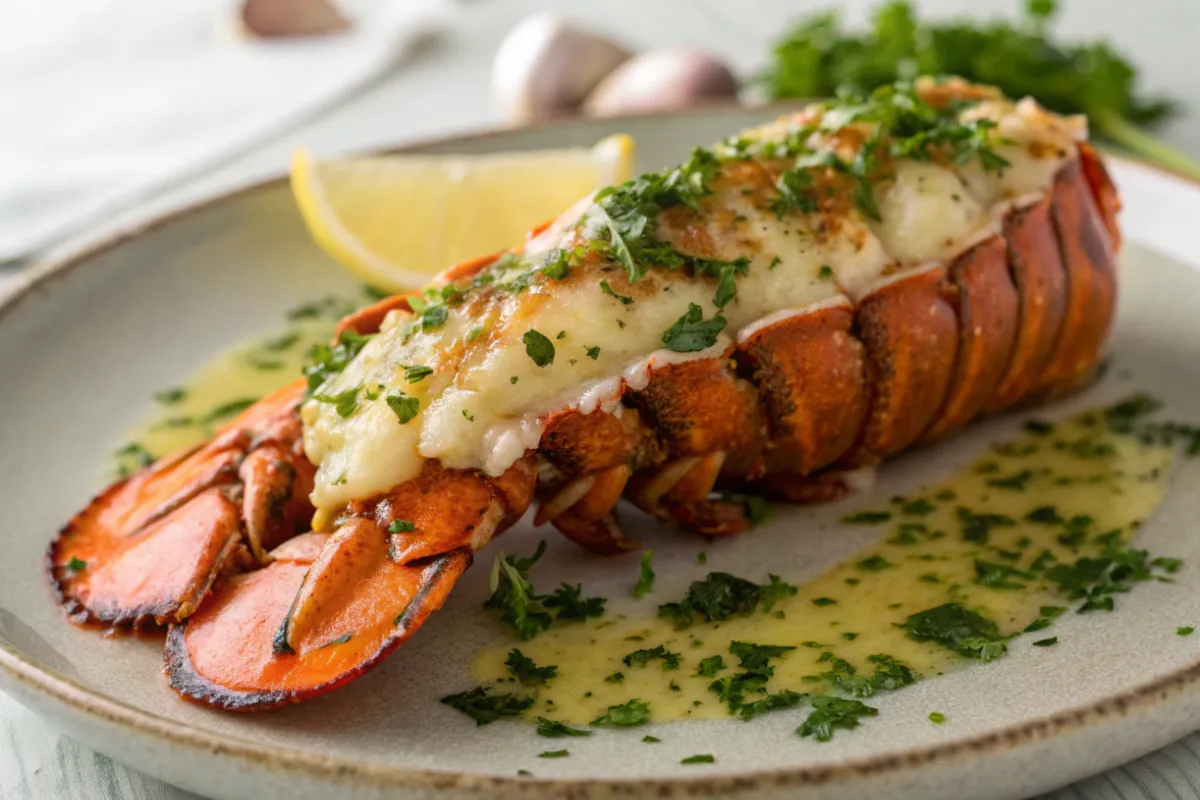
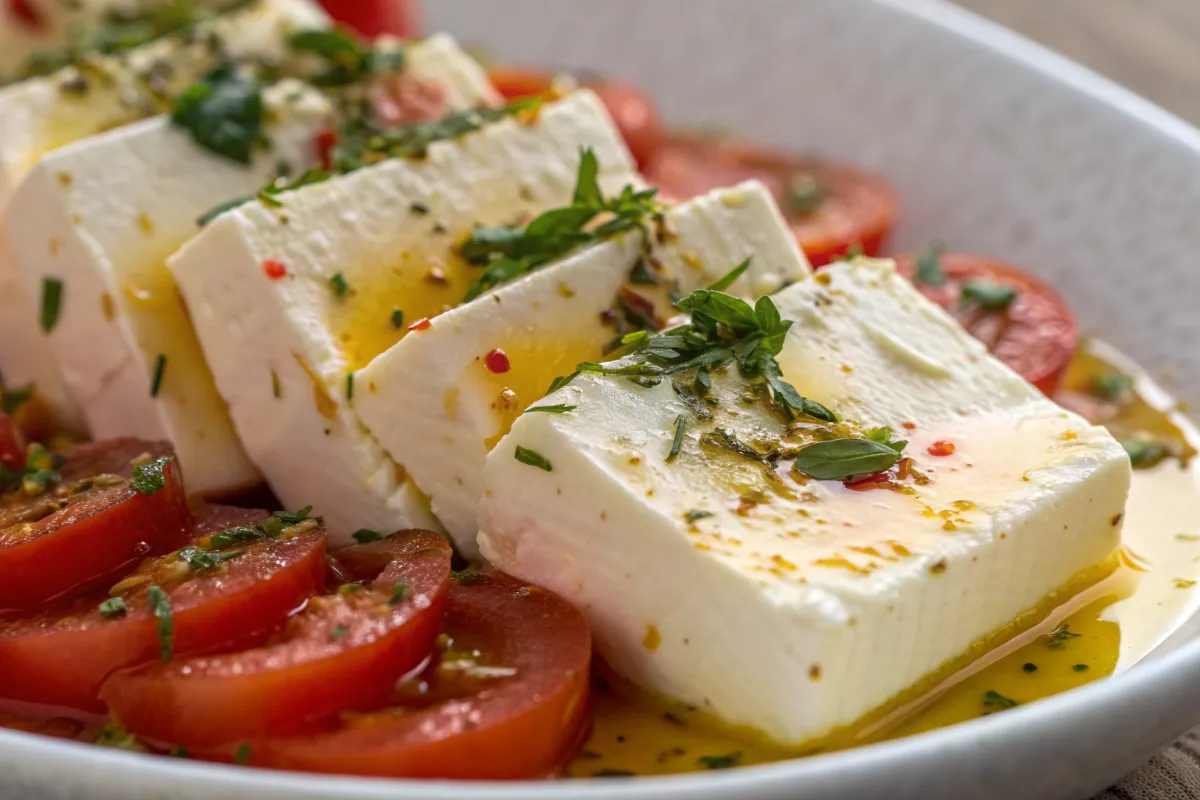
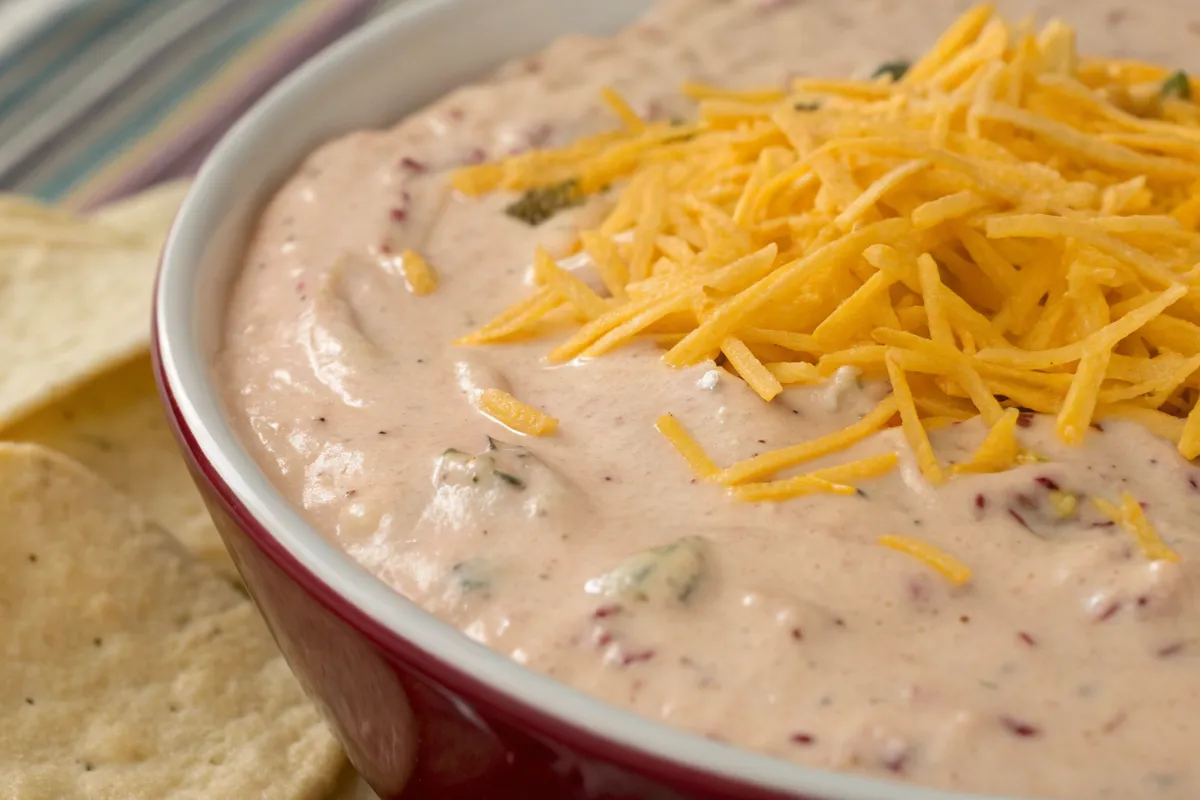
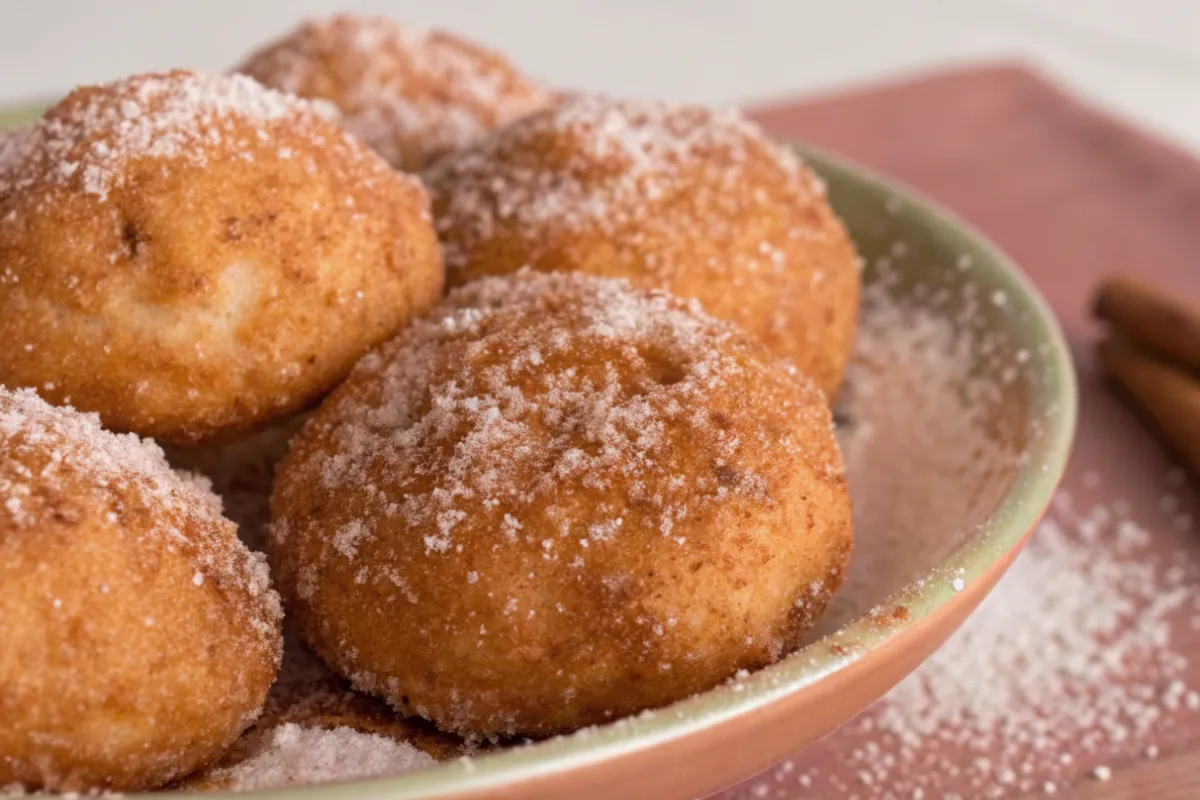
Leave a Reply